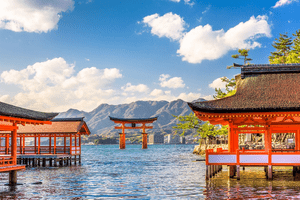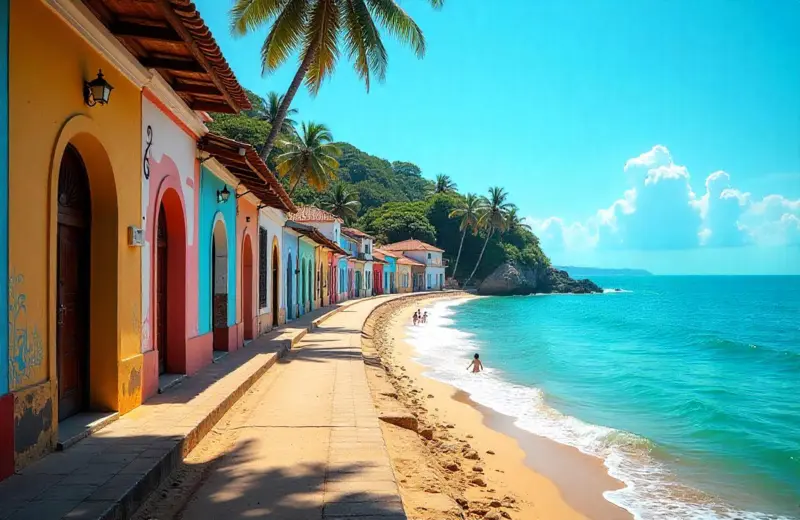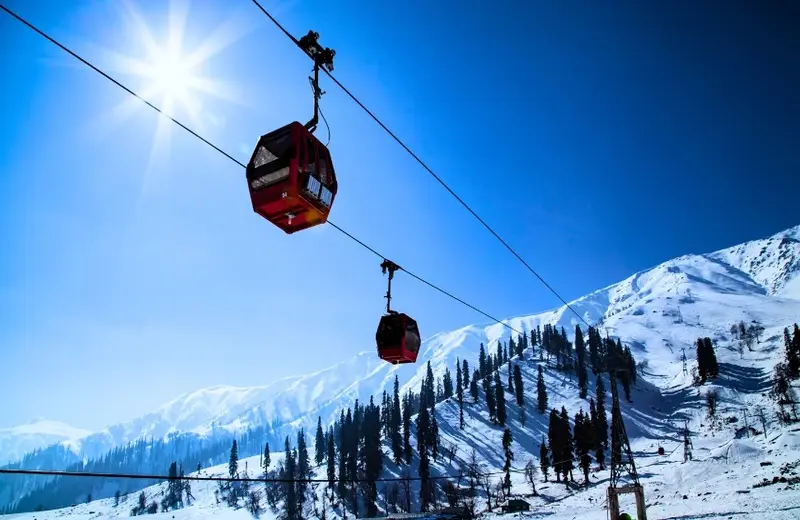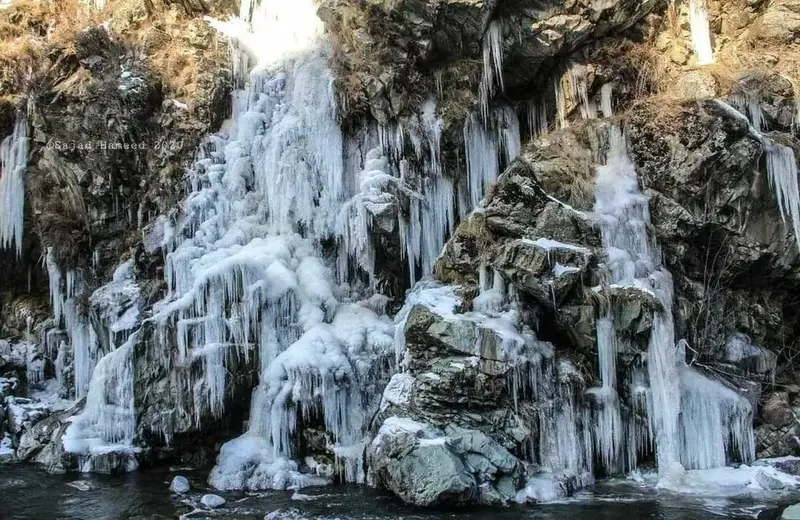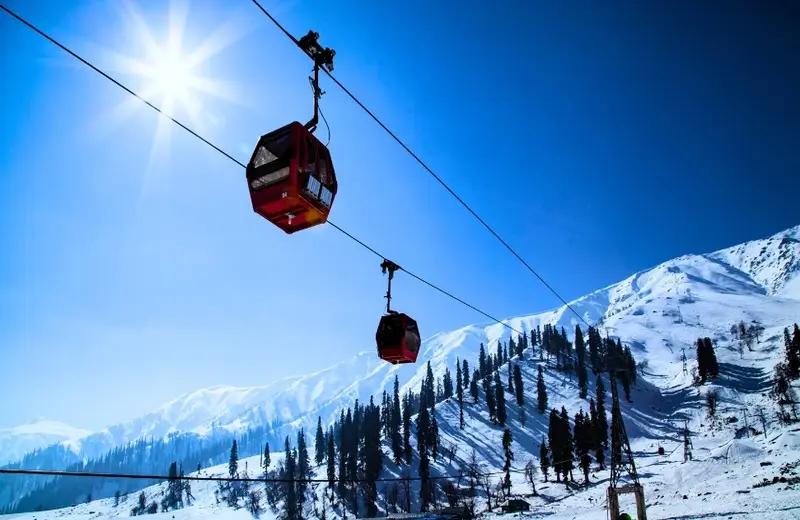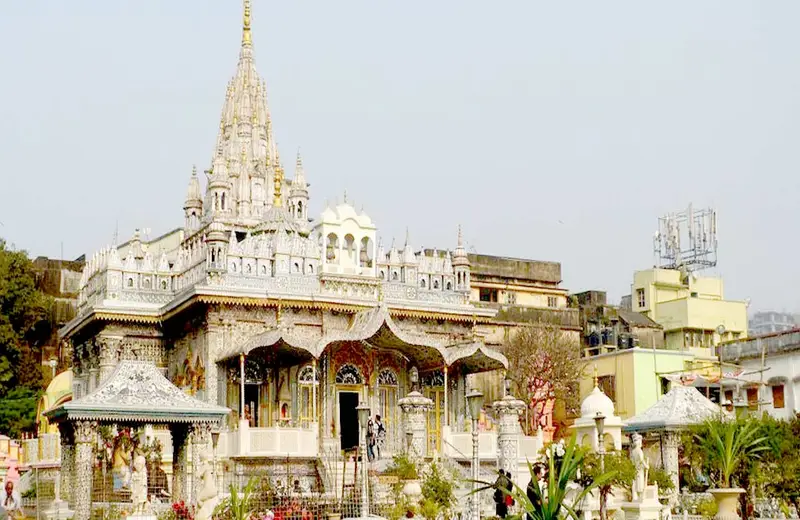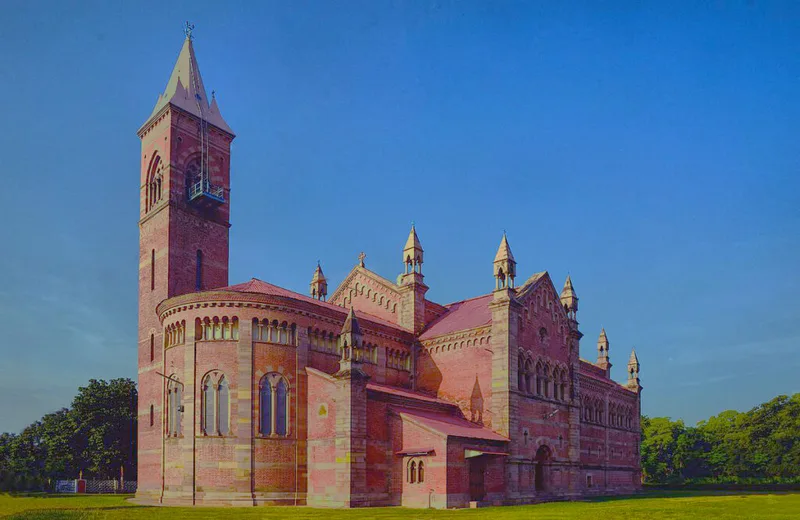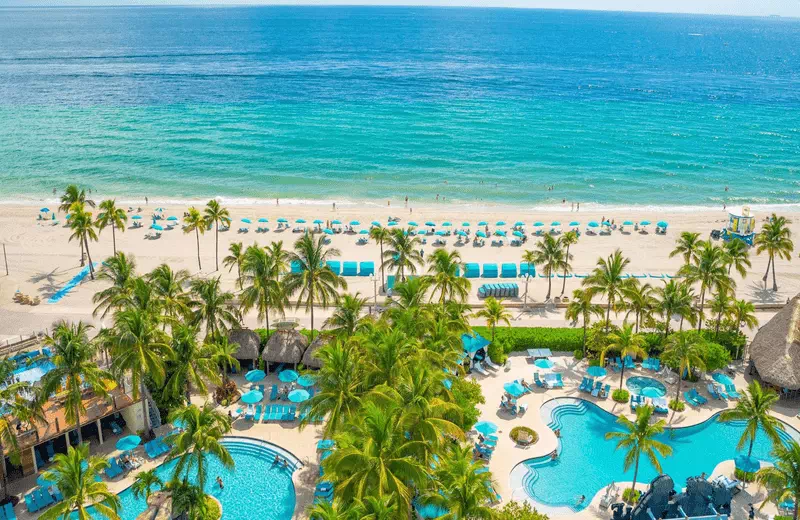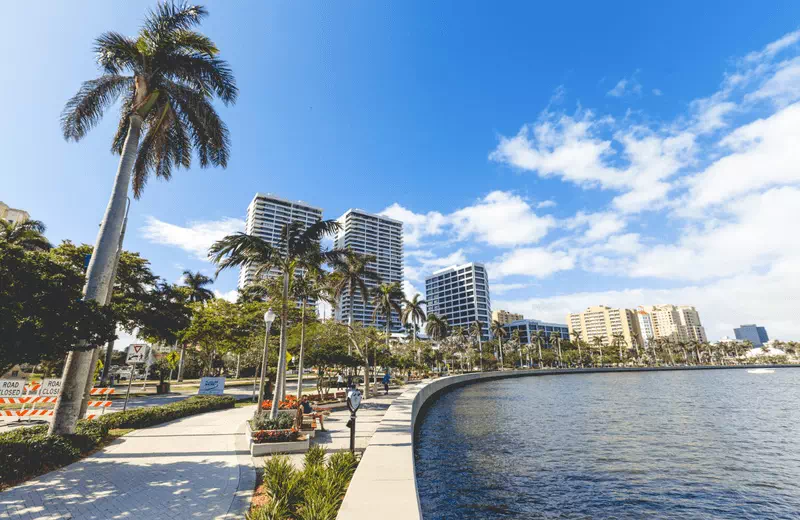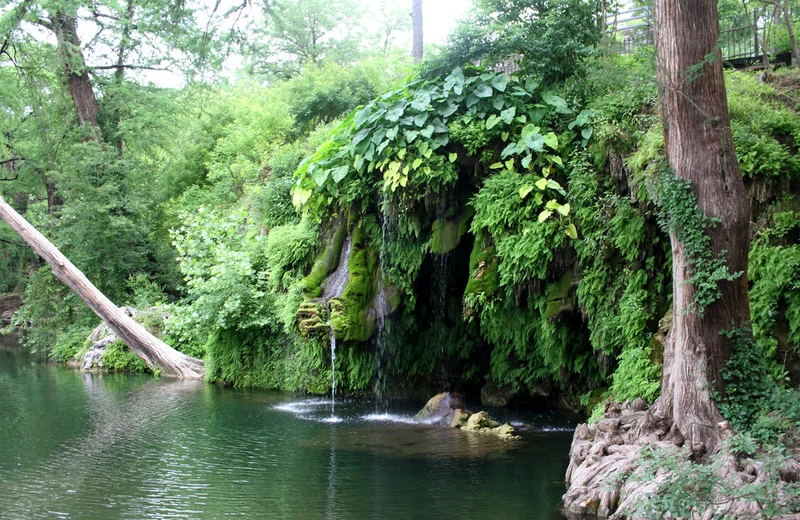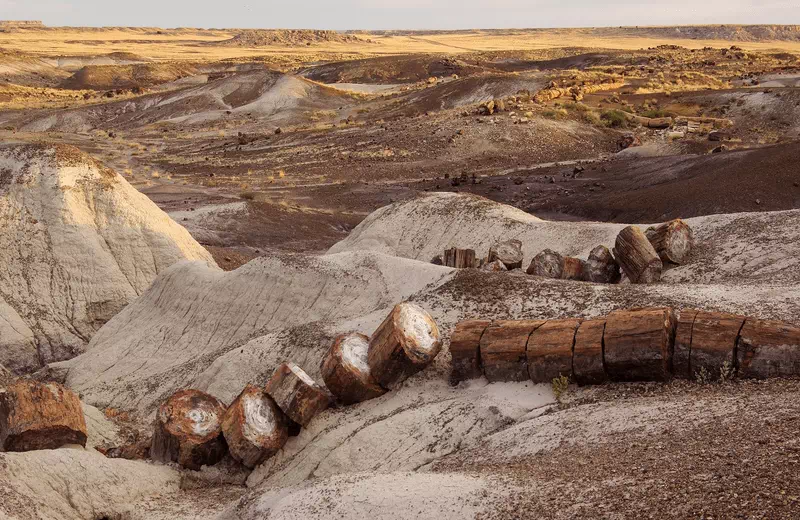Complete Guide to Savannah’s Top Historic Attractions
Savannah, Georgia isn’t just a city—it’s an experience. With its cobblestone streets, moss-draped oak trees, and beautifully preserved antebellum architecture, Savannah feels like stepping into a living museum. Known as one of America’s most haunted and historic cities, it weaves a rich tapestry of Southern culture, Civil War stories, and colonial charm.
Whether you’re a first-time visitor or a history enthusiast looking for deep-rooted stories, this guide to the top 10 must-visit historic sites in Savannah will take you on a journey through time. From revolutionary battlefields to eerie cemeteries and elegant mansions, each location is a piece of the past waiting to be explored.
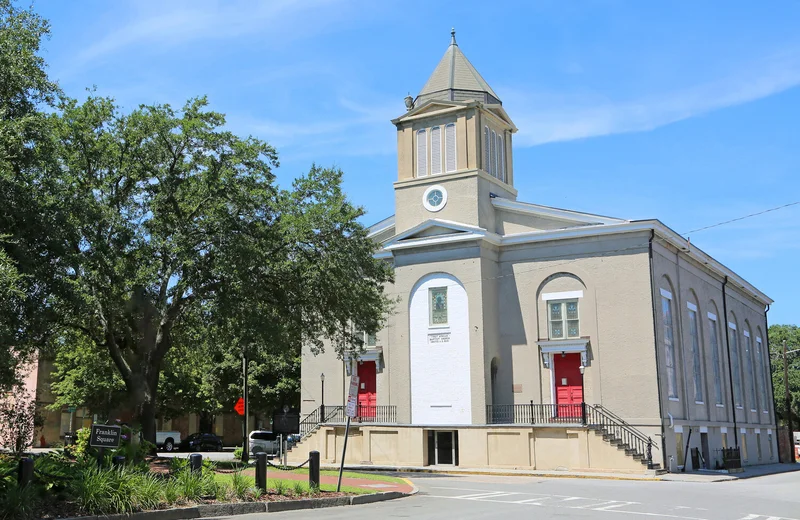
1. Forsyth Park – The Heart of Historic Savannah
Why It’s a Must-Visit:
Spanning 30 acres in the Historic District, Forsyth Park is Savannah’s iconic green space and a perfect starting point for your historic journey.
What Makes It Historic:
Laid out in the 1840s and expanded in 1851, the park’s design reflects early urban planning ideals. Its most famous feature—the white cast-iron fountain—was installed in 1858 and modeled after Parisian fountains.
What to Do Here:
-
Take a peaceful walk under canopies of live oaks.
-
Visit the Confederate Memorial in the center.
-
Explore the Fragrant Garden and grab local treats at the weekend farmer’s market.
Insider Tip:
Arrive early in the morning for perfect photography light and fewer crowds.
2. Bonaventure Cemetery – Where History Rests Under Spanish Moss
Why It’s a Must-Visit:
This 100-acre cemetery is arguably one of the most beautiful burial grounds in the world.
What Makes It Historic:
Dating back to 1846, Bonaventure is the final resting place of many notable Savannah residents, including poet Conrad Aiken and singer Johnny Mercer. It rose to global fame after featuring in the bestseller Midnight in the Garden of Good and Evil.
What to Do Here:
-
Take a guided ghost tour or historical walking tour.
-
Visit the Mercer family plot.
-
Admire the elaborate Victorian statues and headstones.
Pro Travel Tip:
Take a guided tour for deeper stories—some are as eerie as they are fascinating.
3. Wormsloe Historic Site – A Colonial Ruin Framed by an Iconic Oak Avenue
Why It’s a Must-Visit:
Wormsloe is one of the most photographed places in Georgia, with a breathtaking avenue lined by over 400 live oak trees.
What Makes It Historic:
This was the colonial estate of Noble Jones, one of Georgia’s original settlers. The tabby ruins of his house, built in 1745, are the oldest remaining structure in Savannah.
What to Do Here:
-
Walk the nature trails and explore colonial life exhibits.
-
View the tabby ruin foundations and old homestead.
-
Bring a picnic and relax under the Spanish moss.
Fun Fact:
The oaks were planted in the 1890s—more than 150 years after the estate was built.
4. Owens-Thomas House & Slave Quarters – A Glimpse into Two Histories
Why It’s a Must-Visit:
This mansion beautifully showcases both elite Southern living and the harsh realities of slavery in antebellum Savannah.
What Makes It Historic:
Built in 1819, this house is one of the finest examples of English Regency architecture in the U.S. It also includes one of the earliest and most well-preserved urban slave quarters in the South.
What to Do Here:
-
Tour the restored interiors and original furnishings.
-
Learn about the enslaved people who lived and worked there.
-
Admire the innovative indoor plumbing—rare for its time.
Visitor Tip:
Book your ticket in advance, especially during weekends or peak seasons.
5. The Olde Pink House – Dine in an 18th-Century Mansion
Why It’s a Must-Visit:
You’re not just dining here—you’re stepping into a story.
What Makes It Historic:
Built in 1771, The Olde Pink House is Savannah’s oldest surviving mansion. It has served as a bank, a family home, and even Confederate headquarters during the Civil War.
What to Do Here:
-
Enjoy upscale Southern cuisine in one of its candle-lit rooms.
-
Ask your server about the house's resident ghosts!
-
Explore the tavern downstairs, said to be haunted.
Haunting Insight:
Many guests report ghostly sightings and unexplained happenings—especially near the fireplace.
6. Cathedral Basilica of St. John the Baptist – A Spiritual Masterpiece
Why It’s a Must-Visit:
This jaw-droppingly beautiful cathedral is one of the most photographed buildings in Savannah.
What Makes It Historic:
Originally established by French Catholic émigrés in 1799, the current structure was completed in 1876 and rebuilt after a devastating fire in 1898.
What to Do Here:
-
Admire the breathtaking stained-glass windows and murals.
-
Attend a mass or concert to experience its incredible acoustics.
-
Learn about the church’s architecture and legacy on a self-guided tour.
Pro Tip:
Visit just before sunset—the light through the windows is magical.
7. First African Baptist Church – America’s Oldest Black Church
Why It’s a Must-Visit:
This church is a powerful testament to African American resilience and community.
What Makes It Historic:
Founded in 1777 by enslaved and free African Americans, it’s considered the oldest continuously operating Black church in North America. The building, completed in 1859, includes secret spaces used in the Underground Railroad.
What to Do Here:
-
Take the guided historical tour.
-
Look for holes in the floor—air holes for hidden runaways.
-
Reflect on the legacy of faith and freedom.
EEAT Moment:
This site is listed on the National Register of Historic Places and is a centerpiece of Black history in Savannah.
8. Juliette Gordon Low Birthplace – Where Girl Scouts Began
Why It’s a Must-Visit:
Whether or not you were ever a Girl Scout, this home speaks to leadership, empowerment, and women’s history.
What Makes It Historic:
This 1821 home was the birthplace of Juliette Gordon Low, who founded the Girl Scouts of the USA in 1912. It’s now a museum dedicated to her life and mission.
What to Do Here:
-
Tour the home, including Juliette’s art studio.
-
Learn about early 20th-century girlhood and scouting.
-
Visit the charming gift shop with scout memorabilia.
Educational Note:
Great for kids and families—it’s both fun and informative.
9. Colonial Park Cemetery – Savannah’s Oldest Burial Ground
Why It’s a Must-Visit:
This 6-acre cemetery is a serene and historical stop nestled in the heart of the Historic District.
What Makes It Historic:
Opened in 1750, it became the final resting place for over 9,000 Savannahians—including soldiers, politicians, and yellow fever victims. Some gravestones were defaced during Union occupation in the Civil War.
What to Do Here:
-
Take a ghost tour or stroll during daylight for quiet reflection.
-
Read humorous and eerie tombstone inscriptions.
-
Discover stories of duels, epidemics, and old Savannah legends.
Cautionary Tip:
Watch your step—graves extend beyond marked paths!
10. Telfair Academy – One of the South’s Oldest Art Museums
Why It’s a Must-Visit:
This elegant museum is more than art—it’s history painted in oil and carved in marble.
What Makes It Historic:
Housed in a neoclassical mansion built in 1819, it was opened as a museum in 1886, making it one of the first public art museums in the American South.
What to Do Here:
-
Explore 19th- and 20th-century American and European artwork.
-
Admire the period rooms and neoclassical architecture.
-
Visit nearby Jepson Center and Owens-Thomas House for a complete Telfair Museums experience.
Art Tip:
Check out works by Gari Melchers and other Southern artists.



